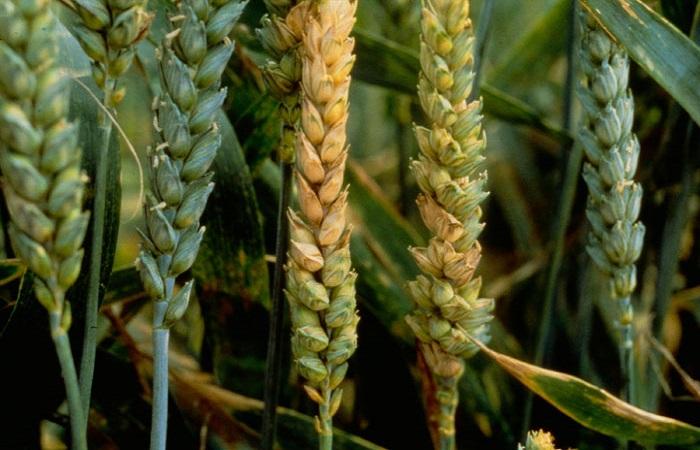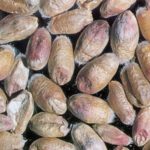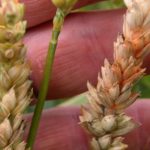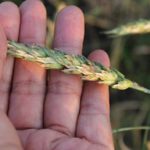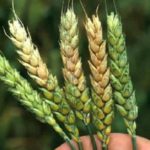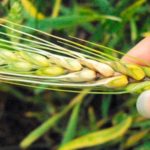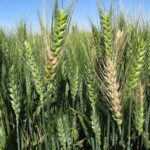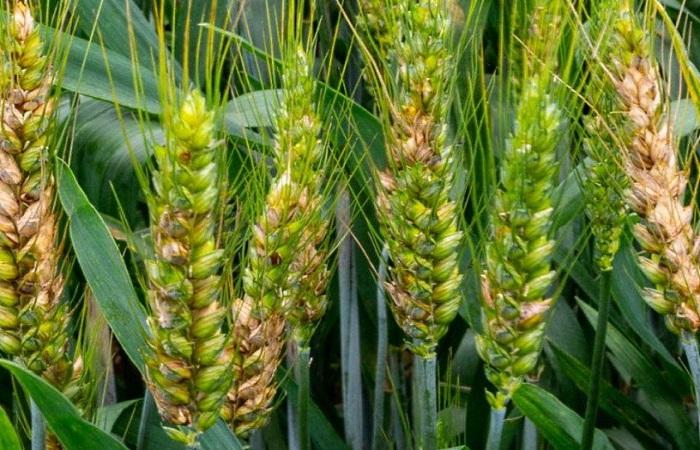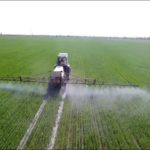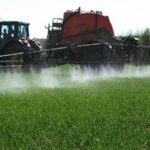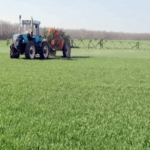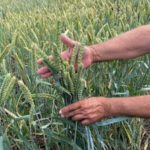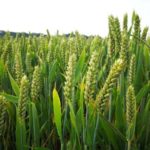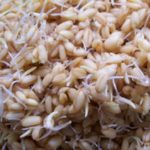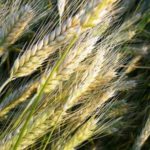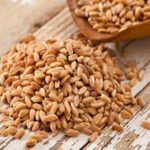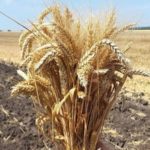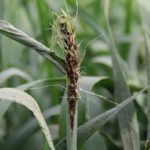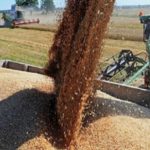Cereals are one of the most important sources of food for human existence. They have existed for millennia, and all this time people have been fighting not only for the harvest, but also fighting numerous diseases that threaten to destroy crops. One of these dangerous diseases is fusarium of wheat grain, which can cause serious harm to agriculture.
Description of the disease
Fusarium blight affects all types of grain crops that form ears.A week (10 days) after infection, a mass of pinkish-orange conidia forms on the infected parts of the ear. These are nonmotile spores during asexual reproduction of fungi. Affected grains accumulate toxic waste products that poison wheat and flour, pasta, baked goods and much more made from it. When consumed, such grains and products made from them cause nausea, vomiting and damage the central nervous system.
Fusarium spreads especially vigorously in those years when the weather is warm and humid during the period of ear formation and filling. In such a situation, fungi actively spread, making 20 to 50 percent of the crop unusable. Due to sad statistics, the fight against fusarium head blight in wheat is becoming one of the most important tasks in agriculture.
Causes of fusarium blight in wheat
Fusarium is a fungal infection that affects various plants, including grain crops. Diseases of roots, stems, ears and grains are caused by fungi of the genus Fusarium. They not only infect grain crops, but are also capable of producing mycotoxins - special substances that arise during the life of fungi that penetrate plant tissue and grain in particular.
Fusarium toxins make not only the grain itself unsuitable for human and animal consumption, but also the products obtained during its processing. This means that the grown crop not only cannot be used for food or livestock feed, but can also cause serious harm to health.
Factors influencing infection
The occurrence and development of the disease may have different reasons:
- Infected seeds obtained from diseased plants and not treated during storage and sowing.
- The soil in which the fungi that cause fusarium have settled.
- Infected remains of weeds and useful vegetation that are not removed after harvest.
- Carrion.
The main source of infection is plant residues that are not removed from the field, or insufficiently cleaned soil. Fusarium outbreaks are especially serious and dangerous if wheat is sown in fields that were previously planted with corn or other cereals affected by this disease.
Snow mold also provokes a dangerous infection, which affects winter crops with frequent changes of thaws and frosts. But the main cause of the disease still remains diseased seed material.
Fusarium head blight of wheat causes the death of crops, so preventive, protective and therapeutic measures come to the fore.
Symptoms of the disease
The main signs of ear damage are the following:
- Formation of a specific orange-pink coloration on the outer scales of the spikelets. This is a sign of the development of mycelium and spores.
- Next, fungal spores, colored light pink, appear on the ear.
- A characteristic pattern appears on the scales of the spikelets in the form of spots resembling eyes.
The danger of mild grain damage is that in this case the fungal mycelium is located inside the shells. Outwardly, such a lesion is invisible, so the grain seems healthy and of high quality, but in reality it is dangerous to the health of people, farm animals and domestic animals.
How to properly treat crops
The danger of fusarium blight on grain crops is that pre-sowing treatment of seed material with fungicides is not a highly effective measure. This method helps to cope with fusarium, which affects young plants and seedlings, but does not have a therapeutic effect on fusarium in wheat and other cereal crops.
This is due to the fact that this type of Fusarium lesion develops on the developing ear in warm and humid weather. Spraying fields at this time may be unprofitable and pointless. Firstly, the crop area will require huge costs for cultivation, and secondly, wet weather with precipitation will negate all costly efforts.
Therefore, the preparation of plots for sowing comes to the fore. To do this, it is necessary to follow the rules of crop rotation, select suitable crops, without alternating grains with grains, as well as with plants susceptible to Fusarium infection.
You cannot use grain infected with a fungus for sowing, even if it looks normal and healthy in appearance, so before planting it is necessary to submit samples of seed material for analysis to a laboratory. If traces of mycotoxins are found, the entire batch of grain will have to be destroyed.
Possible consequences
Micromycetes are microscopic fungi, which include representatives of the Fusarium genus, that produce mycotoxins. These substances are toxic to people and animals.When the crop is severely damaged by Fusarium blight, mycotoxins enter the grain and flour, causing the following consequences:
- Decrease in the quality of bakery products.
- Changes in the color and structure of pasta.
- The effect of gushing in beer.
- Reduced quality and nutritional value of food for humans and animal feed due to the content of mycotoxins from fusarium fungi.
- Poisoning of people and animals who have eaten foods contaminated with fungi.
- Reduced germination of infected seeds.
If you allow fusarium head blight on wheat to spread, do not treat the plantings, do not remove the remains of infected plants, and even sow cereal crops in the same place next year, you can lose almost the entire harvest. It is necessary to take measures at the first signs of infection, and even better to prevent diseases using preventive measures.
Prevention
The most effective preventive measures to prevent the occurrence and spread of fusarium head blight on wheat include the following:
- High-quality soil cultivation.
- Maximum removal of remains of affected vegetation.
- Plowing the remaining plant parts into the ground. They will decompose faster in the soil, and fungi will have less opportunity to develop and spread.
- Maintaining crop rotation.It is important to choose the right crops correctly, which will prevent the active spread of infection. If corn and grain crops are sown after wheat, this will serve as “feed” for the development of fungal infections and will lead to a massive outbreak of fusarium head blight in wheat and other cereal grains.
- You should not use beets as a precursor for wheat - it also contributes to the spread of the disease.
The best prevention method is to use wheat varieties that are resistant to Fusarium head blight. Unfortunately, there are not enough such varieties yet. Durum wheat varieties, most in demand in the production of pasta, are very sensitive to the effects of the disease.
Among soft varieties there are relatively resistant to fusarium, but most of them suffer greatly from the disease. Therefore, the main goal of preventing fungal infection is the breeding of varieties with maximum resistance to fusarium head blight in cereals.

